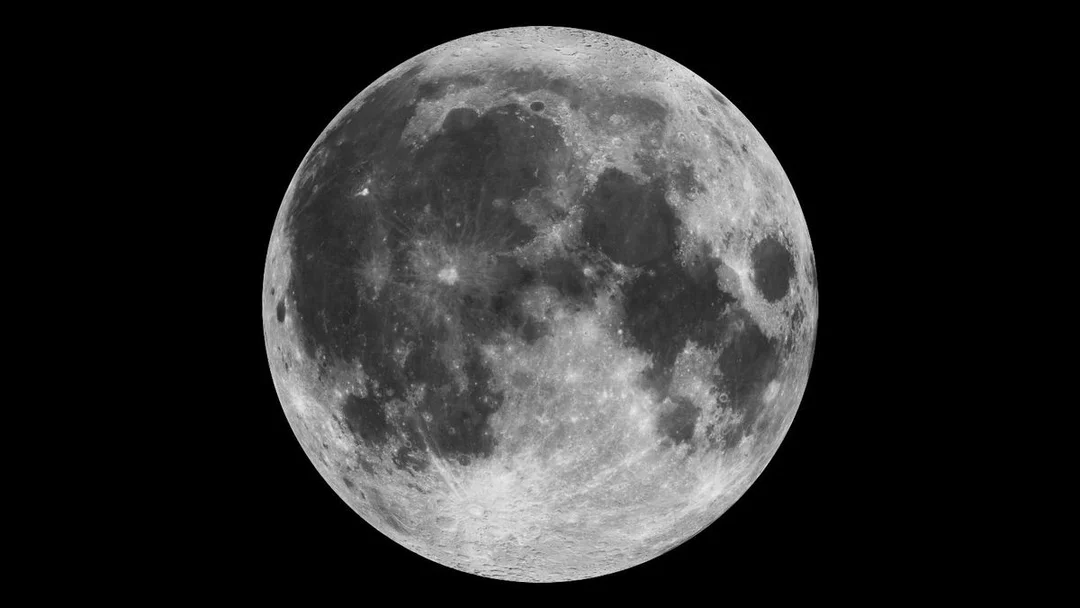
China Achieves Historic First: Daytime Laser Measurement to the Moon, Paving the Way for Future Space Communication
In a groundbreaking achievement, China has successfully conducted the first-ever daytime laser ranging measurement from Earth to the moon. This milestone, achieved by researchers at Yunnan Observatories under the Chinese Academy of Sciences (CAS), marks a significant leap forward in space communication and exploration capabilities.
The experiment involved using an infrared lunar laser ranging system of a recently upgraded 1.2-meter telescope to target a small laser retroreflector on the Tiandu 1 satellite orbiting the moon. This feat is particularly impressive due to the challenges posed by daytime observations, including significant background noise from the sun.

Laser ranging over lunar distances requires sending a high-power, precise beam over 186,000 miles (300,000 kilometers) to hit a small corner retroreflector. The return signal is then picked up by a telescope using ultra-sensitive detectors. The success of this process during daylight hours expands the window for such observations immensely.
**The Significance of Daytime Laser Ranging**
Scientists use laser ranging tests to calculate the lunar distance with high accuracy by measuring the time it takes to receive a return signal. Previous Apollo missions deployed laser retroreflectors on the moon for this purpose. However, the newfound capability of daytime laser ranging is particularly exciting.
According to reports, this achievement could greatly benefit major deep-space exploration missions, including the China-led International Lunar Research Station (ILRS). The Tiandu 1 satellite, launched in March 2024, is crucial for lunar communication and navigation testing and has now played a vital role in this historic advancement.
**A Test of Precision and Technological Advancement**
The precision required for this experiment is astounding. As the Chinese Academy of Science describes it, hitting the Tiandu-1 satellite with a laser from Earth is comparable to targeting a single hair from 10 kilometers away—except this time, it was across 130,000 kilometers of space. This feat showcases the remarkable capabilities of China's space technology.
Contrast this with NASA's use of an oreo-sized retroreflector to find two craft on the surface of the Moon: India’s Vikram lander and Japan’s Smart Lander for Investigating Moon (SLIM). While impressive, that approach involved NASA’s Lunar Reconnaissance Orbiter (LRO) just 100 kilometers above the landers. China's dedicated system tracked Tiandu-1 from a distance over 1,000 times greater, marking a significant evolution in laser technology.
**Implications for Future Space Communication**
Currently, space communication systems rely on radio waves, which are relatively slow and bandwidth-limited. Laser communication, however, can transmit data up to 100 times faster, with greater stability and precision. This breakthrough suggests the potential for:
- Real-time communication between Earth and lunar or Martian bases.
- High-speed data transfers from deep space missions.
- Remote piloting of spacecraft or rovers across vast distances.
- Laser-powered energy transmission to satellites or lunar stations.
While there are limitations, such as dealing with sunlight interference, this experiment proves that laser systems can function 24/7, regardless of solar brightness. This advancement signals a new era in space communication, navigation, and propulsion.
What are your thoughts on China's latest achievement in lunar exploration, and how do you see laser technology changing future space missions? Share your opinions in the comments below.